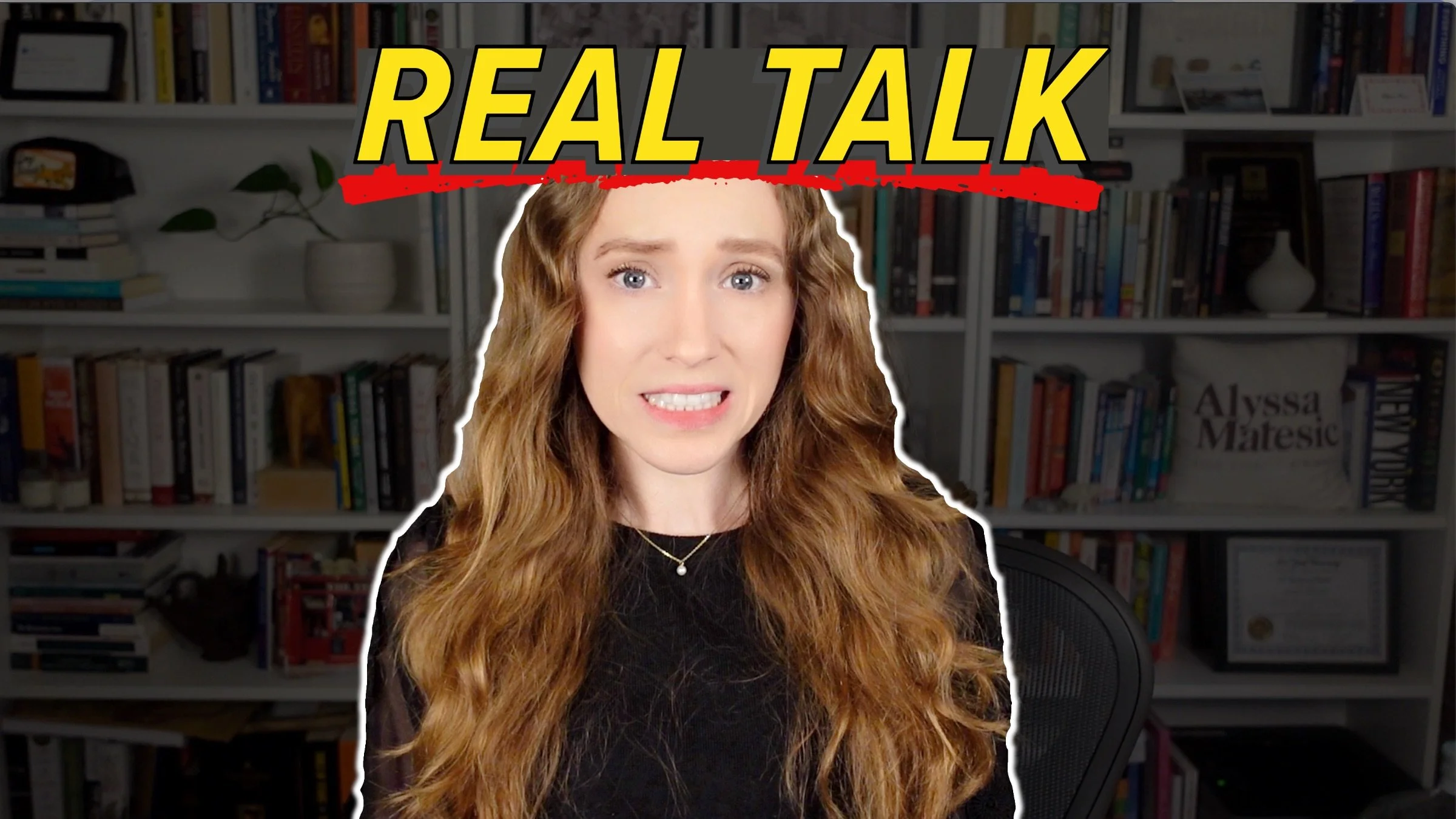Surprising Facts About the Book Publishing Industry in the US
HIT PLAY OR READ THE POST BELOW:
In my years within the book publishing industry in the US, I worked in the editorial department at Penguin Random House, Macmillan, and at a top literary agency in New York City. Through my years there, I have picked up a lot about the industry. In this article, I want to reveal the biggest, most shocking things I learned so that you can also learn more about an industry that many writers don’t actually know much about.
Publishing is an industry that often feels like it operates behind closed doors, with only special people able to break in and know what's going on. However, I'm passionate about opening up those doors and educating aspiring authors on how the traditional publishing industry works, so they can fully understand what they’re getting into when submitting their manuscripts for publishing.
Getting published shouldn't feel like an exclusive club, and knowing more about the industry is only going to help you. I certainly had no idea how books got published before I worked in the industry. If your ultimate goal is to get traditionally published, I hope the things I share today give you more insight into the process and help you put yourself in a better position.
The Sheer Numbers
The first thing that struck me about the book publishing industry in the US is the sheer number of books. In the office of any literary agency or publishing house are stacks and stacks of books. When I think back to my cubicle at Penguin Random House, what I remember is it being filled with boxes of books.
Publishing is synonymous with book mail. You have literary agents sending out their authors’ new books to editors and media personnel, and you have editors sending out their authors’ new books to literary agents and media personnel. There are books constantly coming in and out. And if you are in a lower level position in the editorial department, a big part of your job is going to be dealing with that book mail.
Another thing that surprised me when I got into the industry is that there are actually many different copies of one specific book. Before the book actually goes on sale, the publishing house will create galleys or advanced reader copies (ARCs). These are mock-books, as they are bound manuscripts but may not have a finished cover or be fully formatted or proofread yet. For every book that gets published, there is typically going to be at least one iteration of a galley, sometimes even two or three.
There will also be a hardcover copy and paperback copy for each book, which are released on different dates. Usually hardcover books are the first released, with paperbacks coming out one year after.
So you can understand why there are tons of variations of each book floating around industry office spaces. In fact, there are so many extra books in a publishing house that on the floor of my office, there was a huge bin where people would dump in their old galleys and ARCs, especially after the finished book got published.
It was fun to have this bin near me because when I had downtime, I could go in and pick out books I wanted to read. It's a book lover’s paradise. The sheer number of books that I amassed over my time in the industry was incredible.
Literary Agents and Book Editors Get Gatekept Too
The next thing that shocked me about the publishing industry is that the people aspiring authors see as gatekeepers actually get rejected too. People outside the industry usually see literary agents and editors at publishing houses as having all the power. The common thinking is that if they love a book, it is going to get published — all you need to do as an author is impress them.
In actuality, literary agents and editors get really, really heartbroken when a book they love doesn't end up getting published. The hard truth is that even if you get a literary agent and they love your book, that doesn't necessarily mean it is the golden ticket to getting published.
That's because the literary agent still has to convince an editor at a publishing house the book is worth taking on. Then, that editor has to convince their fellow editors and the publishing house’s director that the book is worth whatever investment the publishing house puts into it as well.
This is something I didn't understand for a while. Even if the editor at the publishing house loves the book and wants to make a book deal, it doesn't necessarily mean that they can. Editors at the publishing house also have to get signed off from a number of people higher up in order to make that book deal offer.
Remember, publishing houses, especially the Big Five, are large corporations. So everything has to stay tight and bureaucratic when it comes to finances. Let’s say an editor falls in love with a book an agent offers them. They then have to take that project to someone high up in the marketing team as well as the editor in chief and or publisher of the imprint they work at. All of those people have to agree the book is worth something before they will help the editor determine what offer they can make.
All too often, an editor will love a manuscript, but someone along the chain of command will say it's not right for the publisher, and the whole project gets shut down. I attended weekly editorial meetings where editors presented books they thought were interesting but the other team members wouldn’t, for whatever reason.
If you are currently experiencing a lot of rejection, either from literary agents or acquisitions editors, I hope this offers some perspective on the process. Everyone in the industry has to learn how to take a rejection, even those professionals that help make publishing happen. It's a side of the industry that isn’t talked about often, especially if you’re outside of it.
The Hype Around Bestsellers
The next thing that surprised me about the publishing industry is the hype around bestsellers. Big Five publishing houses put a lot of effort and energy into ensuring that as many of their books as possible make it to as many bestseller lists as possible on a weekly basis.
The main lists that come out are the New York Times, which is the most highly regarded, as well as Publishers Weekly bestsellers and USA Today bestsellers. There’s also, in the UK, the Sunday Times bestsellers, as well as others.
Every single week, agents and editors will comb through these different lists to see if any of their books have made it. If they have, they will adjust its description copy that goes on the publisher’s website, Amazon, and Barnes & Noble. They will also adjust the cover to add a stamp or some text that says “Bestseller.” Agents and editors want to capitalize on a bestseller status as soon as the book makes it onto a list.
Something else that's interesting is how a book actually becomes a bestseller. The newspapers and magazines that coordinate the lists use an algorithm or a database to track book sales, using that information to rank the books. That’s why these lists are slightly different from place to place, even though you will see some overlap. They're not identical because they use different databases to track the book sales.
It is also possible for a book to become an instant bestseller, which is when it becomes a bestseller the week it goes on sale. How does that happen? Often the publishing house will put a lot of marketing effort into getting as many pre-orders as possible. That doesn't necessarily mean every bestseller had a lot of marketing effort behind it, but that is something the marketing department will do for books that can pull large sales.
The Cover Art Process
The next shocking thing about the industry is that a single book can have many different covers. This is one of the most fun parts of working in the book publishing industry in the US. I loved going to cover meetings and seeing the designers at the publishing house present their concepts for the book’s cover and seeing authors get excited about seeing their book’s face for the first time.
To go over the cover meeting process, first the designer will present a dozen or so different cover options. Then the marketing team, the editor in chief or publisher, and the editor who acquired that book will go into the meeting, review the cover designs, and pick out three to six they'd like to move forward with.
The designs will be tweaked based on the publishing house team’s feedback, then the editor will present a few options to the literary agent and the author to get their input. Once everyone has agreed on a basic design and offered feedback, the designer will play around with the font, the colors, and other design elements to make sure it is perfect and appealing to the target audience.
So for every published book you see, there are dozens of covers out somewhere that didn't make it. Sometimes, if the cover the book gets published with no longer feels right, or if the book doesn't sell as well as the publisher expected, they will pull out an old cover concept when re-publishing the book in paperback. That's why you'll sometimes see a book having different art between their hardcover and paperback versions.
If a book gets sold to an international publisher, then the international publishing house is going to come up with its own cover. So there really can be infinite cover designs!
Film Rights Are Hot
The last shocking thing I learned while working in the book publishing industry in the US is that film rights often sell instantaneously. Even though we typically don't see books become movies until years or decades after they've been published, these days, more and more frequently, the film rights actually get sold simultaneously with, or even earlier than, the book rights get sold.
There are film scouts in the industry who read early drafts of the manuscripts that literary agents are sending out to publishing houses to see which ones have film potential. They can make film deals with the literary agent before the literary agent has even found the publisher.
But why does it take film studios so long to produce a film of the book? Well, the film studio will usually acquire those rights and then sit on them for a while. Then, of course, a lot of time goes into making a film. They need to work on casting, production, filming, and editing. Sometimes, film studios will sit on the film rights for so long they actually expire before a film gets made.
For nearly all the books you see on a bestsellers list, their film rights have already sold. So if you loved a particular book, look out for a movie or TV series based on it! It may eventually come to fruition.
I hope this gave you some inside and behind-the-scenes knowledge into the book publishing industry in the US.
Thanks so much for reading and happy writing!





